
How did Humanism, Renaissance, and Reformation shape education
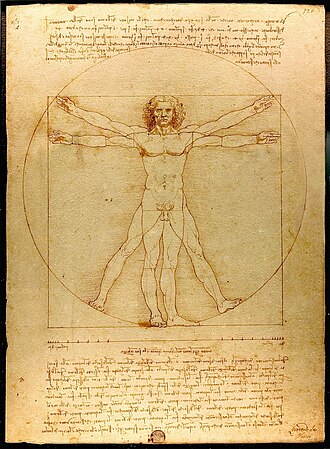
In the late 15th century, England experienced a profound cultural shift as **humanism**, the **Renaissance**, and Reformation became powerful forces shaping educational practices. The **humanists** sought to revitalize classical knowledge and emphasized critical thinking, moral philosophy, and the study of ancient texts. This movement challenged the previously dominant medieval educational paradigm, leading to the establishment of new educational institutions and methodologies that prioritized a more holistic and human-centered approach to learning.
The intersection of these three movements—**humanism**, the **Renaissance**, and Reformational thought—transformed the landscape of education in Europe. Important figures such as John Colet and Thomas More emerged during this period, advocating for reforms that integrated classical studies and aligned education with contemporary societal needs. Their contributions laid the groundwork for modern educational frameworks, setting the stage for a legacy that continues to influence today’s academic institutions.
- The Birth of Humanism and its Impact on Education
- The Renaissance: A Revival of Classical Knowledge
- Key Figures in the Educational Transformation
- John Colet and the Foundation of St. Paul’s School
- The Role of Classical Languages in Education
- Thomas More's Influence on Educational Philosophy
- The Tensions Between Traditionalists and Humanists
- Lasting Legacy: How Humanism, Renaissance, and Reformation Shaped Modern Education
- Conclusion: The Enduring Impact on Contemporary Learning
The Birth of Humanism and its Impact on Education
The **birth of humanism** marked the beginning of a significant transformation in education. Originating in Italy during the 14th century, this intellectual movement focused on the revival of classical antiquity. **Humanists** believed that education should aim to develop a well-rounded individual capable of critical thought and moral judgment. They emphasized the study of **rhetoric**, **poetry**, and the **philosophy** of the ancients as essential components of a comprehensive education.
This shift facilitated the emergence of educational institutions that reflected **humanistic ideals**. Schools began prioritizing **classical studies**, leading to an increased demand for educators who could teach languages like Greek and Latin. This also encouraged the creation of **curricula** that included texts from ancient philosophers, thereby promoting a deeper understanding of humanity and civic responsibility. The influence of **humanists** spread across Europe, leading to the establishment of clubs and societies that fostered this new educational paradigm.
The Renaissance: A Revival of Classical Knowledge
The **Renaissance** played a crucial role in furthering the movement toward humanistic education. This cultural rebirth, originating in Italy, created a renewed interest in the arts and sciences, which were increasingly integrated into the educational framework. Renaissance thinkers advocated for a return to the sources of classical knowledge, believing that engaging with ancient texts was vital for both personal and societal progress.
This revival also led to significant advancements in various fields including literature, philosophy, and the sciences. Educational curricula expanded to include the study of **natural philosophy**, mathematics, and humanities. This broadened the scope of learning beyond the medieval scholastic methods, inspiring students to pursue knowledge through observation and experience rather than solely through theological doctrine. As a result, the influence of the **Renaissance** was pivotal in reshaping the very foundations of educational theory and practice.
Key Figures in the Educational Transformation
Several key figures emerged during the **humanistic** and **Renaissance** periods, each contributing to the evolution of educational practices. Among them, John Colet and Thomas More stand out for their efforts to reform education within the context of their larger philosophical ideals. Their work represents a bridge between classical learning and contemporary educational reform, and they inspired a generation of educators to embrace these new ideas.
John Colet, a scholar trained in the traditions of **humanism**, was instrumental in establishing St. Paul’s School in London in 1509. His vision was to create an educational institution that prioritized a **humanistic** curriculum, emphasizing grammar, literature, and moral philosophy. Colet’s reformative efforts paved the way for educational models that combined classical knowledge with practical learning, effectively transforming the way education was delivered.
John Colet and the Foundation of St. Paul’s School
Colet’s establishment of St. Paul’s School is often regarded as a landmark in the history of **humanistic education**. He aimed to cultivate a new generation of thinkers who were well-versed in the **liberal arts** and equipped to engage with the pressing issues of their time. Colet’s curriculum included a strong focus on **classical languages**, literature, and ethical education.
In his pursuit of educational reform, Colet sought to draw inspiration from the rich **humanistic** culture he encountered during his travels in France and Italy. His approach emphasized the importance of understanding texts in their original languages, promoting the idea that language learning was crucial for a deeper engagement with **classical works**. This integration of classical learning into formal education was a radical departure from the previous methods that prioritized rote memorization and theological instruction.
The Role of Classical Languages in Education
At the heart of humanistic education was the study of **classical languages**, particularly Latin and Greek. These languages served as keys to unlock the treasures of ancient texts, enabling students to directly engage with the thoughts and ideas of great philosophers and writers. The humanists believed that proficiency in these languages was essential for intellectual development and civic participation.
Educators like Thomas Linacre and William Lily developed texts that made the study of Latin more accessible and appealing to students. Their grammars not only focused on the mechanics of the language but also instilled a love for its literature. As a result, the revival of classical languages became a central hallmark of the **humanistic** educational movement, fostering a renewed appreciation for the wisdom of the ancients.
Thomas More's Influence on Educational Philosophy
Thomas More, another towering figure of the **Renaissance**, contributed significantly to educational philosophy through his literary works and political advocacy. More’s book "Utopia" provides a detailed vision of an ideal society, emphasizing the role of education as a cornerstone for achieving social harmony and the common good. More reiterated the need for a curriculum that nurtured critical thinking, moral values, and civic responsibility.
His views on education were articulated within a context that stressed the importance of community and ethical living. More believed that education must extend beyond mere academic achievement to encompass character development and social engagement. This holistic view reflected the broader **humanistic** ideals that permeated the educational landscape of his time.
The Tensions Between Traditionalists and Humanists
Despite the enthusiasm for humanistic education, the movement faced considerable resistance from traditionalists who adhered to the established medieval educational models. These educators were often skeptical of the emphasis on classical studies, perceiving it as a diversion from spiritual and religious learning. Conflicts arose regarding the teaching of **classical languages**, particularly Greek, which was seen by many traditionalists as unnecessary or even detrimental to the spiritual mission of education.
The tensions between traditionalist and **humanist** educators often led to heated debates within the academic community. While humanists argued for the necessity of a revived classical education to foster enlightened citizens, their opponents defended the prioritization of religious studies and the moral instruction that had characterized previous educational systems. This clash of educational philosophies underscored the complexities of the reformative efforts during the Renaissance and highlighted the enduring struggle between tradition and innovation.
Lasting Legacy: How Humanism, Renaissance, and Reformation Shaped Modern Education
The combined influences of **humanism**, the **Renaissance**, and the Reformation have left an indelible mark on modern education. The emphasis on critical thinking, **classical education**, and ethical considerations continues to resonate within contemporary educational frameworks. The humanistic focus on developing well-rounded, socially responsible individuals is evident in the values upheld by many educational institutions worldwide today.
Moreover, the establishment of new pedagogical approaches inspired by humanistic ideals, such as experiential learning and collaborative study, has enduring relevance. As educators continue to seek effective methods for engaging students and fostering a love of learning, the roots of these practices can be traced back to the transformative movements of the **humanistic** and **Renaissance** periods.
Conclusion: The Enduring Impact on Contemporary Learning
The historical intersections of **humanism**, the **Renaissance**, and the Reformation have profoundly shaped the landscape of contemporary education. The ideals cultivated by early humanists laid the groundwork for modern curricula that prioritize *critical thinking*, *ethical reflection*, and *civic engagement*. Today’s educational institutions reflect the enduring legacy of these movements, emphasizing the importance of a well-rounded education that encompasses not only the mastery of classical knowledge but also the development of personal values and societal responsibilities.
As we reflect on the evolution of education, it becomes clear that the contributions of **humanists** and their dedication to creating a more enlightened society remain relevant. Their influence continues to inspire educators who aim to cultivate not only knowledgeable individuals but also compassionate, engaged citizens capable of navigating the complexities of modern life. Ultimately, the **humanistic** ideals forged during the Renaissance and Reformation serve as a reminder of the transformative power of education in achieving a more just and thoughtful society.
Did you find this article helpful? How did Humanism, Renaissance, and Reformation shape education See more here Education.
Leave a Reply


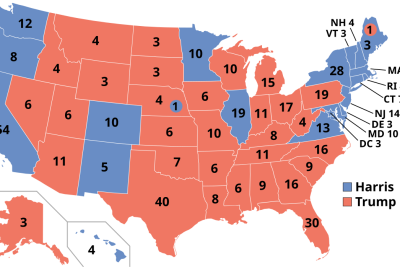
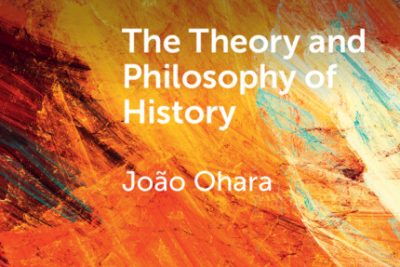
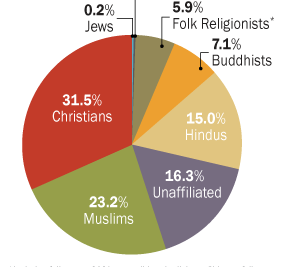
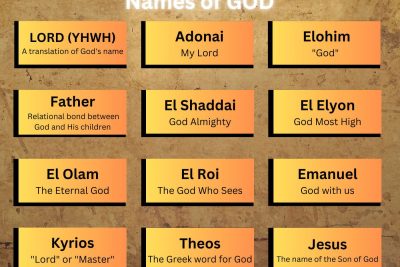
Related posts